Congratulations on your new furry addition to the family! Now that you've brought home an adorable puppy, it's time to embark on the exciting journey of potty training. In this comprehensive guide, you will discover a wealth of effective strategies to help you master the art of potty training your puppy. From establishing a consistent routine to positive reinforcement techniques, this article will provide you with all the tools you need to successfully navigate this crucial phase of your puppy's development. Get ready to witness your puppy's bathroom habits transform as you embark on this rewarding and essential endeavor.
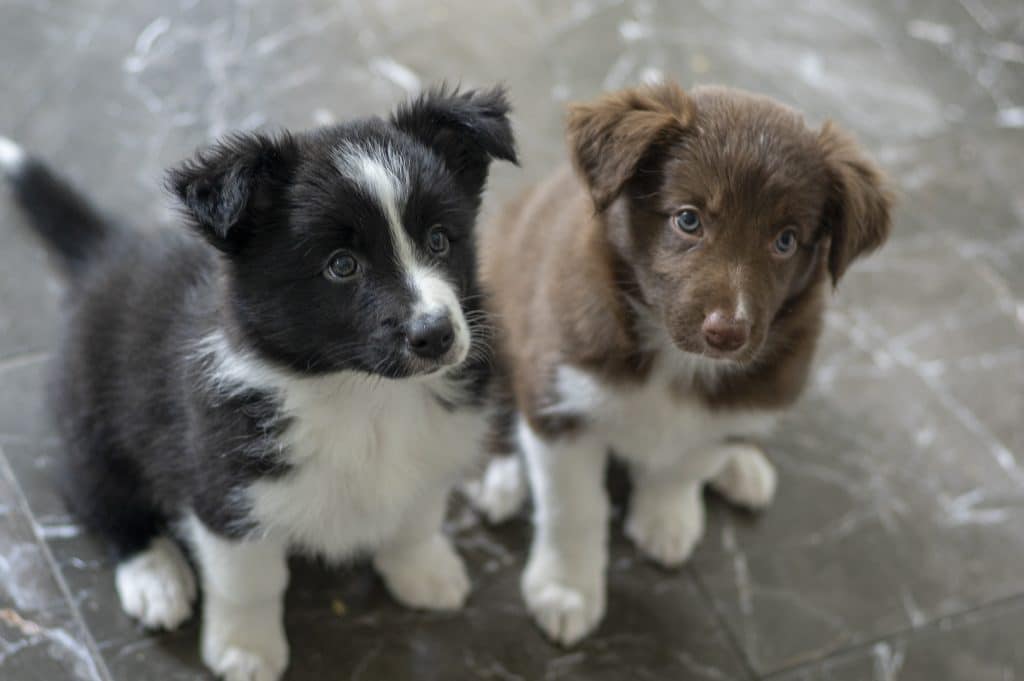
This image is property of images.unsplash.com.
Understanding the Basics of Potty Training
Why is potty training important?
Potty training is an essential aspect of raising a puppy. It teaches them proper bathroom habits and helps create a clean and hygienic living environment for both you and your furry friend. By establishing a routine and teaching your puppy where to go potty, you are laying the foundation for good behavior and preventing accidents in the house. Potty training also helps build a strong bond between you and your puppy, as it requires patience, consistency, and positive reinforcement.
When should you start potty training?
The ideal time to start potty training your puppy is between 12 and 16 weeks of age. At this stage, most puppies have enough bladder control and cognitive development to learn the basics of potty training. However, keep in mind that every puppy is different, and some may be ready earlier or later than others. It is essential to observe your puppy's behavior and readiness cues to determine when they are ready to start potty training.
What are the key principles of potty training?
The key principles of potty training revolve around consistency, positive reinforcement, and observation. Consistency involves establishing a routine and using the same cues and commands consistently throughout the training process. Positive reinforcement, such as treats, praise, or playtime, is crucial in encouraging your puppy to continue exhibiting desired behavior. Finally, observation plays a vital role in identifying the signs and signals that indicate your puppy needs to go potty.
What equipment do you need for potty training?
To facilitate potty training, you will need a few essential pieces of equipment. These include a crate or a designated potty area, such as a litter box or puppy pads, depending on your preference and lifestyle. Other supplies you will need include cleaning products specifically designed for pet accidents, treats for reward-based training, and possibly a clicker for clicker training techniques.
Establishing a Potty Routine
Creating a designated potty area
Creating a designated potty area for your puppy is a crucial step in potty training. Whether it's a specific spot in your yard or a designated indoor area with puppy pads or a litter box, consistency is key. Introduce your puppy to this area and encourage them to eliminate there by using verbal cues or command words, such as "go potty" or "do your business." Be patient and consistent in using the same spot for your puppy's potty needs.
Setting a consistent schedule
Establishing a consistent potty schedule is essential in potty training your puppy effectively. Dogs thrive on routine, and having a set schedule helps them understand when it's time to go potty. Take your puppy out to their designated potty area at regular intervals throughout the day, such as after waking up, after meals, and before bedtime. Additionally, monitoring their behavior for signs of needing to go, such as sniffing or circling, can help you proactively take them outside.
Using positive reinforcement
Positive reinforcement is one of the most effective tools in potty training. Whenever your puppy successfully goes potty in the designated area, immediately reward them with treats, praise, or playtime. The positive association between going potty in the right place and receiving a reward encourages your puppy to repeat the behavior. Remember to be consistent with your rewards and offer them immediately after your puppy has finished eliminating.
Dealing with accidents
Accidents are an inevitable part of the potty training process. When accidents happen, it's important not to punish or scold your puppy. Instead, calmly clean up the mess using pet-specific cleaning products to remove any scent that might attract them back to the same spot. Accidents are usually a result of miscommunication or an inconsistent routine, so it's essential to assess what might need adjustment in your potty training approach and make the necessary changes.
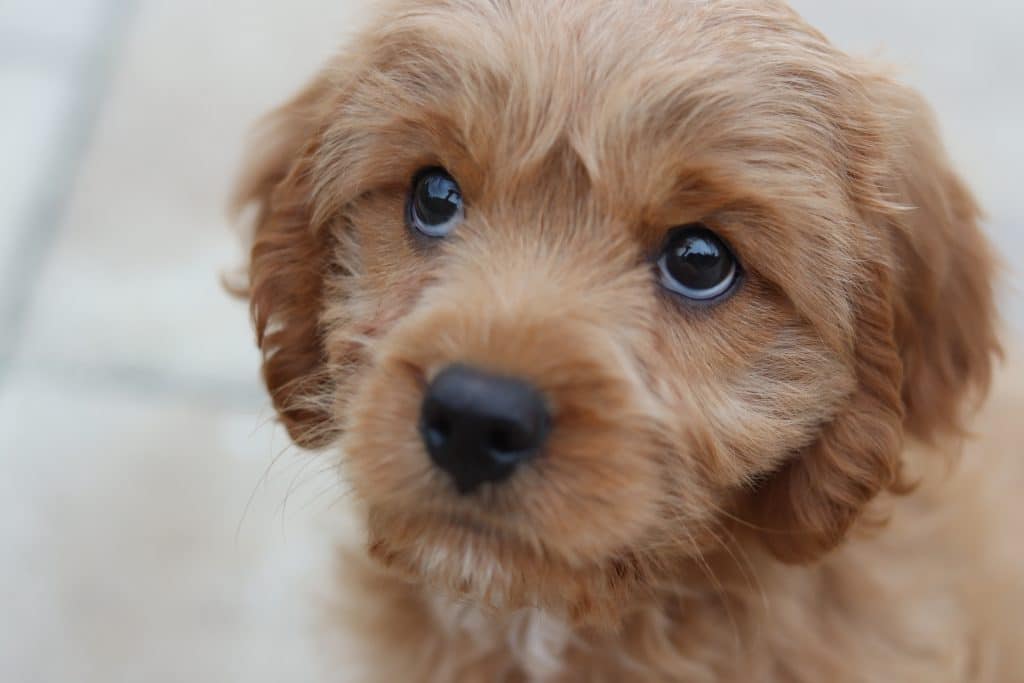
This image is property of images.unsplash.com.
Crate Training as a Potty Training Aid
Introduction to crate training
Crate training can be a valuable tool in potty training your puppy. It involves using a crate or a small, confined space to create a den-like environment for your puppy. Dogs naturally have an instinct to keep their sleeping area clean, and crate training takes advantage of this instinct to help with potty training. A crate can also provide a safe space for your puppy when you can't directly supervise them.
Choosing the right crate
When choosing a crate, it's important to select one that is appropriate for your puppy's size. The crate should be big enough for your puppy to stand up, turn around, and lie down comfortably, but not so large that they can eliminate in one corner and sleep in another. If your puppy is still growing, consider getting a crate with dividers that can be adjusted as they grow. Also, ensure that the crate is made of safe and sturdy materials.
Introducing your puppy to the crate
To introduce your puppy to the crate, make it a positive and inviting space. Place soft bedding, toys, and treats inside the crate to create a comfortable environment. Start by encouraging your puppy to explore the crate on their own, and gradually increase the amount of time they spend inside. Use verbal cues or command words, such as "crate" or "bedtime," to associate the crate with a positive experience. Avoid forcing or locking your puppy in the crate, as this can create negative associations.
Using the crate for potty training
The crate can be used as a tool to assist with potty training by utilizing your puppy's natural instinct to stay clean. When your puppy is not directly supervised, place them in the crate for short periods of time and then take them outside to their designated potty area immediately after. This helps prevent accidents and teaches your puppy to hold their bladder until they are in the appropriate spot. Gradually increase the time your puppy spends in the crate between potty breaks as they gain more bladder control.
Positive Reinforcement Techniques
Understanding positive reinforcement
Positive reinforcement is a training technique that rewards desired behavior, increasing the likelihood of it being repeated. This technique focuses on rewarding your puppy for going potty in the designated area or exhibiting other desired behaviors, such as signaling when they need to go out. Positive reinforcement helps create a positive association with the desired behavior and encourages your puppy to continue performing it.
Using rewards effectively
When using rewards for potty training, it's important to choose treats that are highly motivating for your puppy. Soft, small treats that your puppy can quickly consume are usually the most effective. As soon as your puppy finishes eliminating in the appropriate area, offer them a treat accompanied by verbal praise. Over time, you can gradually decrease the frequency of treats, transitioning to praise as the primary form of reinforcement.
Implementing clicker training
Clicker training is a technique that involves using a small handheld device that makes a distinct clicking sound. The clicker serves as a marker to signal to your puppy that they have performed the desired behavior correctly. To implement clicker training in potty training, use the clicker to mark the moment your puppy finishes going potty in the appropriate area, immediately followed by a reward. The clicker helps create a clear and consistent communication method between you and your puppy.
Avoiding punishment-based methods
Punishment-based methods, such as scolding or physical discipline, are ineffective and can lead to negative consequences. Punishing your puppy for accidents or mistakes during potty training can create fear, anxiety, and a strained relationship between you and your furry friend. Instead, focus on positive reinforcement and redirection techniques. By consistently rewarding and redirecting your puppy to the appropriate potty area, you can effectively train them without causing harm or distress.
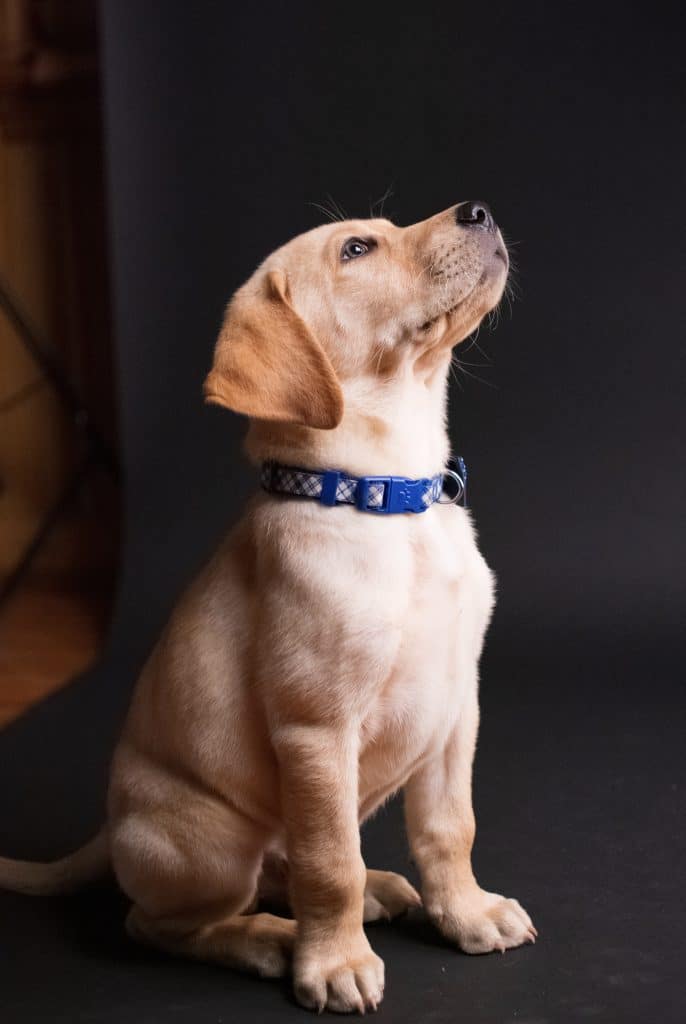
This image is property of images.unsplash.com.
Identifying Signs and Signals for Bathroom Needs
Common signs that your puppy needs to go potty
Understanding the signs that indicate your puppy needs to go potty is crucial for effective potty training. Some common signs include restlessness, circling or sniffing the floor, whining or barking, and suddenly becoming more alert or focused. Puppies may also exhibit noticeable behavior changes or become anxious when they need to eliminate. Observing and recognizing these signs will help you anticipate your puppy's needs and take them to the designated potty area in a timely manner.
Understanding body language cues
Paying attention to your puppy's body language is another important aspect of identifying their bathroom needs. Some physical cues to watch for include sniffing the ground, squatting or crouching, or heading towards the door. Puppies may also exhibit behaviors such as pacing, scratching at the door, or displaying signs of discomfort. Being observant of these body language cues can help you intervene and redirect your puppy to the appropriate potty area.
Teaching your puppy to communicate their needs
Teaching your puppy to communicate their needs is a valuable skill that can aid in potty training. One effective method is to teach them to ring a bell or use a communication device when they need to go outside. Hang a bell by the door and encourage your puppy to touch it with their nose or paw each time they need to go potty. Pair this action with verbal praise and immediately take them to the designated potty area. With consistency and repetition, your puppy will learn to associate the bell with going outside to eliminate.
Monitoring your puppy's behavior
Consistently monitoring your puppy's behavior is essential throughout the potty training process. This includes keeping an eye out for signs and signals that indicate their need to go potty, as well as observing their overall behavior patterns. Monitoring allows you to understand your puppy's routine, anticipate their needs, and identify any changes in behavior that may require adjustments in your potty training approach.
Effective Supervision and Management
Why supervision is crucial
Supervision is a critical component of potty training and preventing accidents. Keeping a watchful eye on your puppy allows you to catch any signs of them needing to go potty and intervene before accidents occur. By actively supervising your puppy, you can redirect them to the appropriate potty area and consistently reinforce desired behavior. Supervision also helps you build a bond with your puppy and strengthen your communication.
Using gates and barriers
Gates and barriers are useful tools for managing your puppy's access to certain areas of your house during potty training. They can be used to restrict your puppy's movement and prevent them from entering rooms or areas where accidents may occur. By blocking off these areas, you can focus on supervising and redirecting your puppy to the designated potty area, reducing the chances of accidents and reinforcing the desired behavior.
Leash training for controlled potty breaks
Leash training is beneficial for controlled potty breaks, especially when transitioning to outdoor potty training. By attaching a leash to your puppy's collar or harness, you can maintain control over their movement and guide them to the appropriate potty area. Leash training also helps establish a routine and reinforces the association between going potty and being outside. As your puppy becomes more reliable in their potty training, you can gradually reduce the reliance on the leash.
Preventing access to restricted areas
During the potty training process, it's important to prevent your puppy from accessing areas where accidents are likely to occur. Keep doors closed or use baby gates to block off rooms that are off-limits. Pay special attention to areas with rugs or carpets, as they can be attractive for elimination. By limiting your puppy's access to restricted areas, you can effectively manage their environment and promote successful potty training.
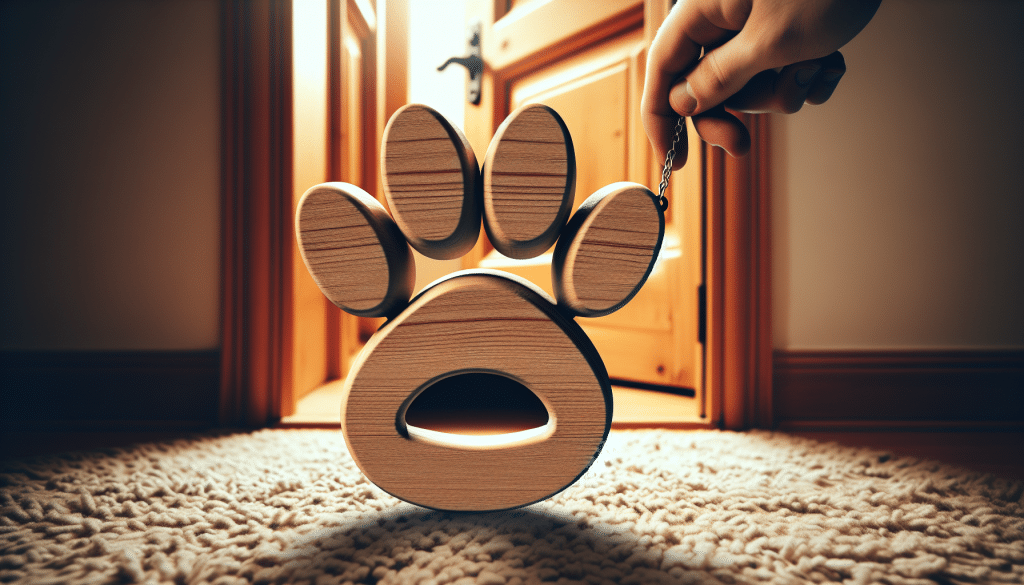
Dealing with Potty Training Challenges
Troubleshooting common potty training issues
Potty training can come with its fair share of challenges, but with patience and perseverance, they can be overcome. Some common issues include frequent accidents, difficulty with transitioning from indoor to outdoor training, or resistance to using the designated potty area. If your puppy is experiencing challenges, reassess your training approach and make any necessary adjustments. Consistency, positive reinforcement, and ample opportunities for your puppy to go potty in the appropriate area will help address these challenges.
Addressing resistance or regression
Resistance or regression in potty training can happen for various reasons, such as changes in routine, medical issues, or stress. If your puppy starts resisting or regressing in their potty training, it's important to rule out any potential underlying issues. Schedule a visit with your veterinarian to ensure there are no medical conditions causing the behavior change. Additionally, reassess your training techniques and provide gentle guidance and consistent reinforcement to help your puppy regain their progress.
Dealing with fear or anxiety
Fear or anxiety can sometimes interfere with potty training progress. If your puppy shows signs of fear or anxiety related to the potty training process, it's crucial to address their emotional well-being. Create a positive and safe environment by using positive reinforcement, offering plenty of comfort and praise, and gradually desensitizing your puppy to any triggers that may be causing anxiety. Seek guidance from a professional trainer or behaviorist if your puppy's anxiety persists.
Gradual transition from outdoor to indoor training
For those who live in apartments or have limited access to outdoor spaces, a gradual transition from outdoor to indoor potty training may be necessary. This can be achieved by using puppy pads or a litter box indoors initially and gradually reducing their use as your puppy becomes more reliable in their potty training. It's important to establish clear boundaries and consistently reinforce indoor potty behavior to avoid confusion.
Maintaining Consistency and Patience
Importance of consistency in potty training
Consistency is key to successful potty training. Establishing a routine, using the same command words, and consistently reinforcing desired behavior will help your puppy understand what is expected of them. Inconsistency can lead to confusion and setbacks in potty training progress. Maintain a consistent schedule, consistently use the designated potty area, and reinforce good behavior consistently to ensure your puppy learns and retains the desired potty habits.
Staying patient during the process
Potty training can be a time-consuming process that requires patience and understanding. Your puppy is learning a new behavior, and accidents are to be expected. It's important to remain patient and avoid getting frustrated or upset. Remember that your puppy is trying their best to understand and please you. Remind yourself that accidents are a part of the learning process, and with time, consistency, and positive reinforcement, your puppy will develop good potty habits.
Seeking support and guidance
If you're facing challenges or feeling overwhelmed during the potty training process, don't hesitate to seek support and guidance. Consult with a professional trainer or behaviorist who can provide insights and advice tailored to your specific situation. They can help you troubleshoot any issues you may be experiencing and offer guidance on effective training techniques. Remember, you're not alone in this journey, and reaching out for help is a positive step towards successful potty training.
Celebrating milestones and progress
Throughout the potty training process, it's important to celebrate your puppy's milestones and progress. Keep track of their achievements, such as going potty in the designated area consistently or indicating their need to go outside. Celebrate these milestones with praise, treats, or extra playtime. Celebrating your puppy's progress not only reinforces their good behavior but also boosts their confidence and strengthens the bond between you and your furry friend.
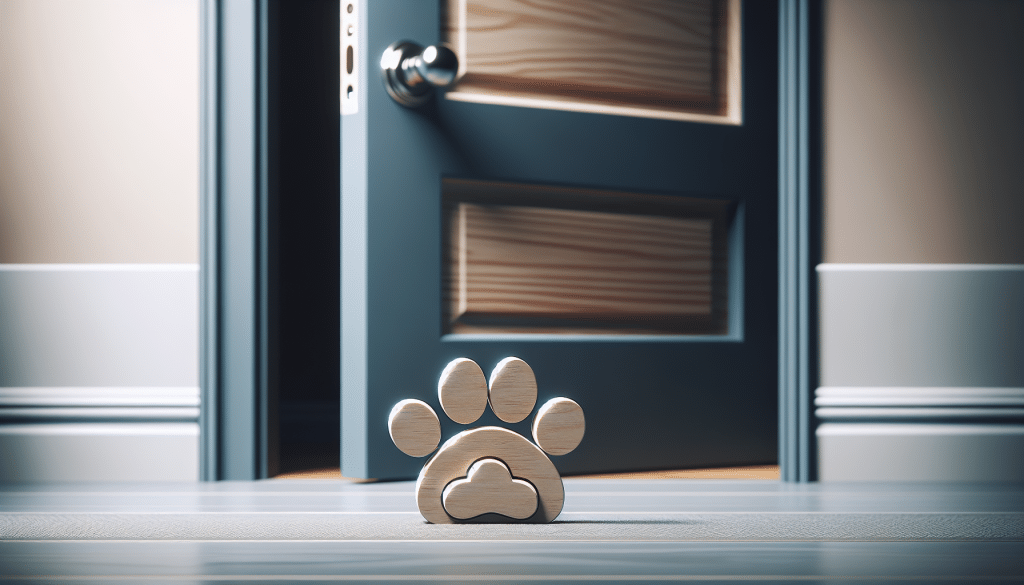
Transitioning to Potty Training Outdoors
When to transition to outdoor potty training
Transitioning to outdoor potty training is usually recommended once your puppy has gained sufficient bladder control and consistently demonstrates appropriate potty behavior indoors. This is typically around the four to six-month mark, but it can vary depending on your puppy's individual development. Monitor your puppy's progress and bathroom habits to determine when they are ready to make the transition to exclusively eliminating outdoors.
Introducing outdoor potty areas
To transition to outdoor potty training, introduce your puppy to the designated outdoor potty area. Choose a specific spot in your yard that is easily accessible and consistently use that spot for potty breaks. Accompany your puppy to the outdoor area and use the same verbal cues or command words you have been using indoors. Reinforce their successful potty habits outdoors with treats and praise to help them understand the transition.
Teaching your puppy to indicate their preference
As your puppy becomes more familiar with outdoor potty training, you can teach them to indicate their preference for going potty. Encourage behaviors such as scratching at the door or sitting by the designated outdoor potty area when they need to eliminate. Reinforce these behaviors by promptly opening the door and allowing them to go outside. With time and consistency, your puppy will learn to communicate their preference, making the potty training process smoother.
Reinforcing outdoor potty habits
Once your puppy has transitioned to outdoor potty training, it's important to consistently reinforce their good potty habits. Continue using positive reinforcement, such as treats and praise, for eliminating in the appropriate outdoor area. Be diligent in taking them outside at regular intervals and paying attention to their signs and signals. Reinforce the connection between going potty outdoors and receiving rewards to solidify their understanding and adherence to outdoor potty habits.
Continuing Education and Further Training
Ongoing training beyond potty training
Potty training is just the beginning of your puppy's training journey. Beyond potty training, ongoing training is essential to ensure your puppy develops and maintains good behavior. This includes training for obedience, socialization, leash manners, and other important skills. Consider enrolling your puppy in formal training classes or participating in training programs designed to provide structured learning opportunities. Ongoing training will strengthen the bond between you and your puppy and result in a well-behaved and happy companion.
Formal training classes and programs
Formal training classes and programs offer structured environments and expert guidance for both you and your puppy. Puppy classes, obedience classes, and specialized training programs cater to different training needs and goals. These classes provide opportunities for your puppy to learn and practice new behaviors in controlled settings, while you receive guidance from professional trainers. Consider the benefits of formal training in enhancing your puppy's training and overall development.
Additional resources for further learning
In addition to formal training, there are plenty of resources available for further learning. Books, online articles, and videos can provide valuable insights and techniques for effective potty training and other aspects of puppy care. Look for reputable sources and consider the approaches that align with your training philosophy. Educating yourself about various training methods and understanding different perspectives can help you make informed decisions and tailor your training approach to your puppy's individual needs.
Importance of continued socialization
Socialization is crucial for a well-rounded and well-behaved dog. Potty training provides opportunities for socialization as you take your puppy outside to their designated potty area. Encourage positive interactions with other people, animals, and different environments during your potty training outings. Socialization helps your puppy become comfortable and confident in various situations, reducing the likelihood of fear or anxiety-related behaviors. Remember to follow proper socialization guidelines and prioritize your puppy's safety and well-being.
In conclusion, mastering potty training is essential for the long-term success of raising a puppy. By understanding the basics, establishing a potty routine, incorporating positive reinforcement techniques, identifying signs and signals for bathroom needs, practicing effective supervision and management, overcoming potty training challenges, maintaining consistency and patience, transitioning to outdoor potty training, continuing education and further training, and prioritizing socialization, you can create a positive and successful potty training experience for both you and your furry friend. With dedication, patience, and a friendly approach, you can navigate the potty training process and set your puppy up for a lifetime of good bathroom habits and a strong bond with you as their trusted companion.

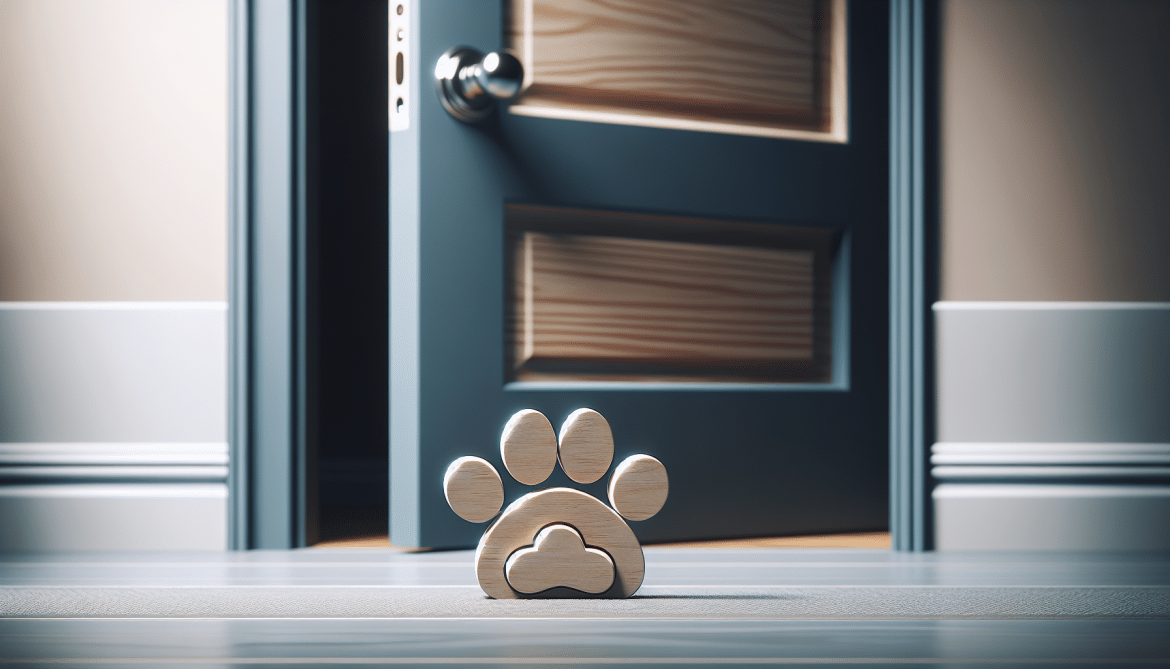

1 comment
[…] reinforcement is an effective way to train puppies without using punishment or force. When teaching the “drop it” command, use positive […]
Comments are closed.